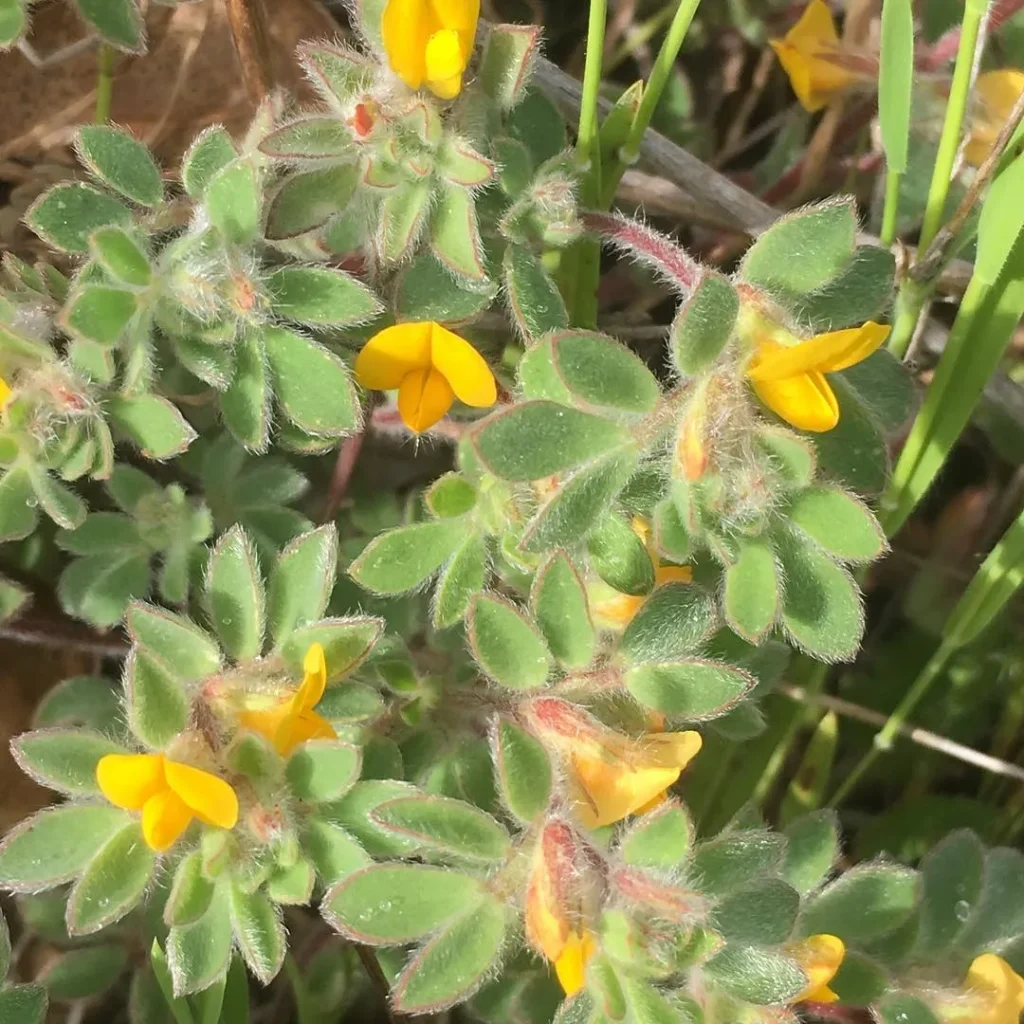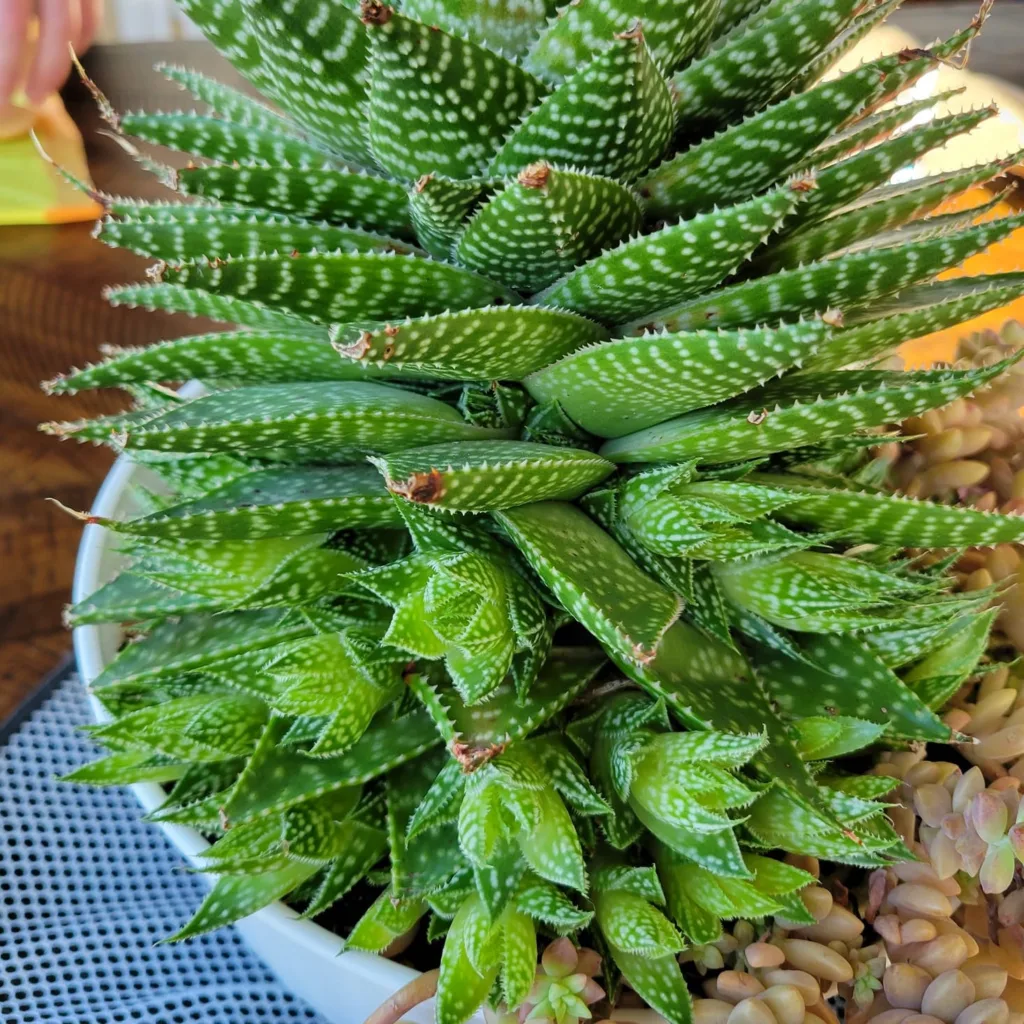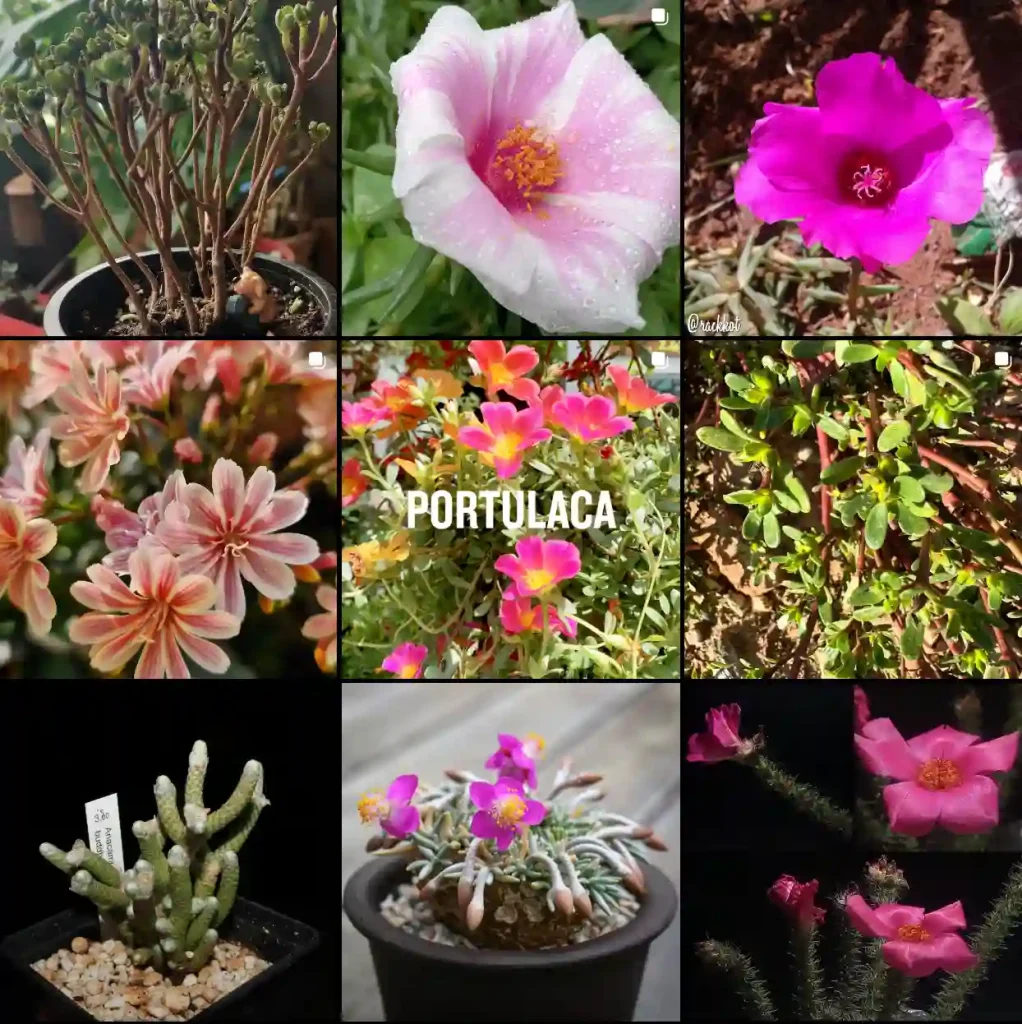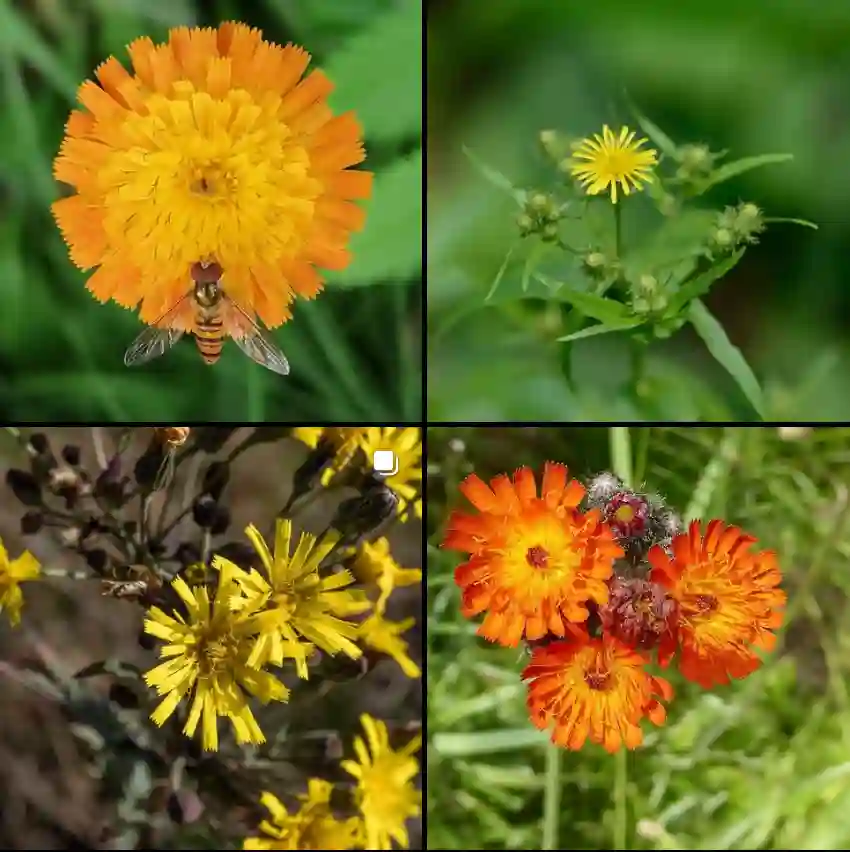FAQs About Ranunculus Abortivus
Ranunculus Abortivus, also known as the abortive buttercup or dwarf buttercup, is a fascinating plant that often catches the eye of garden enthusiasts and plant collectors. Having had my own journey with this plant, I’m here to share everything you might want to know about it, from its care requirements to its potential toxicity. Let’s dive in!
1787 Species in Genus Ranunculus
What Is Ranunculus Abortivus?
Ranunculus Abortivus is a small perennial herbaceous plant native to North America. It’s part of the Ranunculaceae family, which includes various buttercups. This plant is known for its delicate, yellow flowers and low-growing habit. Its common names—abortive buttercup or dwarf buttercup—reflect its modest size compared to other buttercups.
How to Care for Ranunculus Abortivus?
Caring for Ranunculus Abortivus requires some specific attention to detail. Here’s what I’ve found works best:
- Sunlight: It thrives in partial shade to full shade. Too much direct sunlight can scorch its leaves.
- Soil: This plant prefers well-draining soil. Adding compost or organic matter can help improve soil quality.
- Watering: Regular watering is essential, but be cautious not to overwater. The soil should be kept moist but not soggy.
- Temperature: Ranunculus Abortivus is quite hardy and can tolerate a range of temperatures. However, it prefers cooler climates and may struggle in very hot conditions.
How to Propagate Ranunculus Abortivus?
Propagating Ranunculus Abortivus can be done through several methods:
- Seed: Sow seeds in the spring or fall. They should be lightly covered with soil. Keep the soil moist until germination.
- Division: This method is best done in early spring or fall. Divide the plant carefully and replant the sections in well-prepared soil.
What to Plant With Ranunculus Abortivus?
Pairing Ranunculus Abortivus with the right companions can enhance its beauty and support its growth. Some great plant partners include:
- Hostas: Their broad leaves create a nice contrast to the delicate buttercup.
- Ferns: Ferns’ lush foliage complements the buttercup’s growth in shaded areas.
- Astilbe: This plant’s feathery blooms add texture and color contrast to Ranunculus Abortivus.
Is Ranunculus Abortivus Toxic?
Ranunculus Abortivus contains compounds that can be toxic if ingested. The plant has a high level of ranunculin, which can cause irritation in the mouth and stomach. While it’s generally not a severe risk, it’s best to keep it away from pets and small children who might accidentally ingest parts of it.
Benefits of Ranunculus Abortivus
Despite its small size, Ranunculus Abortivus has several benefits:
- Aesthetic Appeal: Its bright yellow flowers add a splash of color to shady garden areas.
- Ground Cover: Its low-growing habit makes it an excellent choice for ground cover in shaded spots.
- Wildlife: The plant can attract pollinators like bees and butterflies, supporting local ecosystems.
Common Problems with Ranunculus Abortivus
Like any plant, Ranunculus Abortivus can face a few issues:
- Fungal Diseases: It can be susceptible to fungal infections if the soil is too wet. Ensure proper drainage to prevent this.
- Pests: Watch out for common garden pests like aphids, which can sometimes infest the plant.
Comparing Ranunculus Abortivus with Similar Plants
Ranunculus Abortivus is sometimes confused with other buttercup species. Here’s a quick comparison:
- Ranunculus Bulbosus: Unlike Ranunculus Abortivus, Ranunculus Bulbosus is taller and has larger, more noticeable flowers.
- Ranunculus Ficaria: This plant, also known as lesser celandine, has similar yellow flowers but grows more aggressively and can spread quickly.
Additional Tips and Considerations
- Winter Care: In colder climates, protect the plant with a layer of mulch to insulate the roots.
- Fertilization: Regular feeding with a balanced fertilizer can help promote healthy growth and flowering.
Ranunculus Abortivus, with its unique charm and modest care requirements, is a wonderful addition to any garden with the right conditions. Whether you’re looking to enhance your shaded garden area or find a low-maintenance ground cover, this plant is worth considering.
If i die, water my plants!



